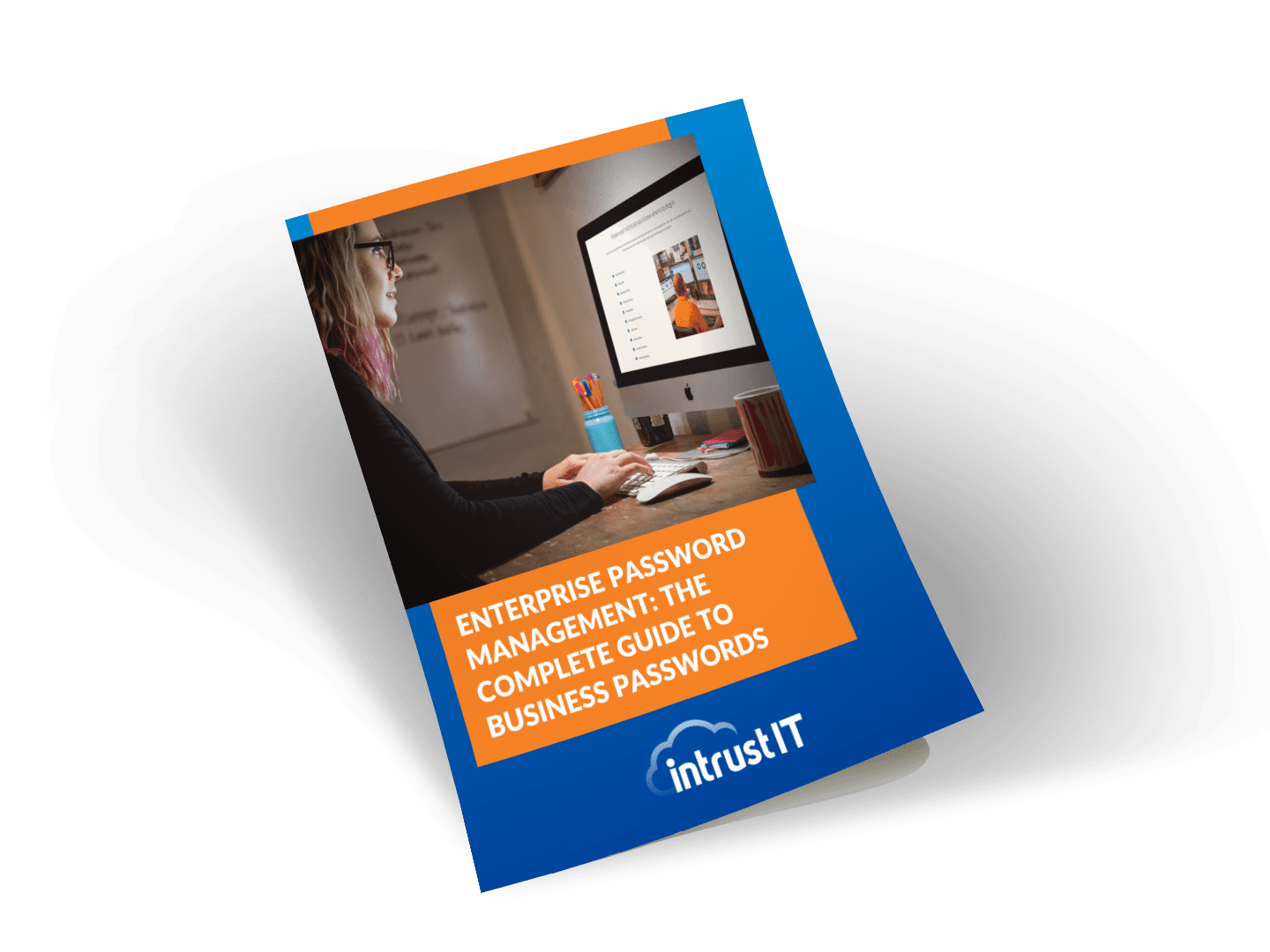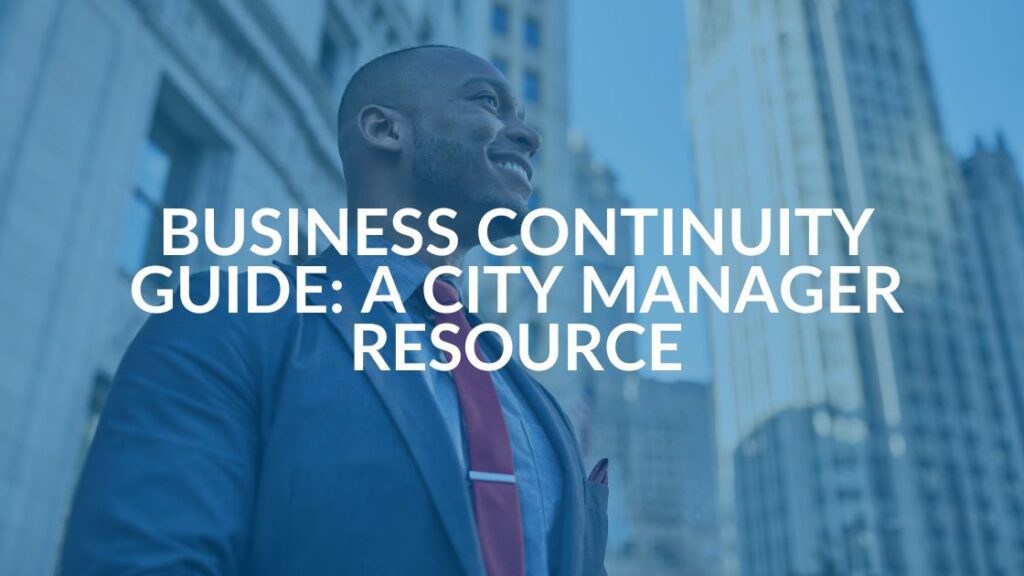Reduce IT Costs: Streamline Vendors and Applications With Managed IT

When you are building a company, it’s common to delegate certain tasks and responsibilities to third-party vendors. When it comes to your IT needs, this often involves layering multiple applications over time, each performing a small part of your overall technology needs. As a managed service provider, we see this accumulation of vendors all the time.
What many companies don’t realize is that using multiple platforms and vendors is actually raising the overall cost of your IT infrastructure. Streamlining your vendors can save you time and reduce IT costs while also improving collaboration and productivity. The trick is knowing where to consolidate, which applications will best serve your goals and how flexible those applications are to scale up (or down) as your business needs.
How Many Vendors Are Too Many?
The answer to how many vendors are right for your business will be unique to your operational needs. This is where a managed service provider (MSP) can really show their value – helping you determine what that threshold is for your business and then transitioning operations from the current vendors/applications to the new ones selected strategically for your business. It doesn’t have to be a complete overhaul. Many of your applications may be doing just fine as they are. But reducing any that aren’t brings long-term benefits, including:
- Reduce IT costs.
- Reduce the number of hours spent managing vendors.
- Gain security, since the more platforms you use, the more opportunities there are for security issues and breaches.
- Boost efficiency and productivity.
With the right expertise, consolidation of your third-party resources can be done without adding to your workload or putting the security of your company at risk.
How to Reduce Vendors
If you have multiple vendors offering the same things with one vendor being the best at handling IT for your business, find the gaps and assess what losses your company would face if a vendor is unable to close those gaps. To reduce IT costs and vendors, it’s your job as a business owner to first determine their core competencies in IT by asking your vendors the following questions:
- What are your biggest strengths? What are your biggest challenges?
- What can you do for my business? What can’t you do?
- What methods or applications do you use to assess and manage risk?
- Do you offer short-term or long-term contracts?
- Do you partner with other vendors to provide certain IT services? What are those services?
- Are there additional fees to offset the costs of your partnerships with other vendors?
- In what ways can you help consolidate the IT needs of my business and reduce the added expense of multiple vendors?
- Do you supplement your services with the use of multiple applications? Why or why not?
By answering these questions, it should become clear where vendors are overlapping and which could be let go.
How to Reduce Applications
Another place to look for unnecessary redundancies is with applications, especially involving security. Protecting company data is important. There are various platforms and applications available to increase cyber security for your business and help prevent data breaches. Your company doesn’t need to use dozens of these applications to successfully protect your information. Read on for ways to reduce applications and maintain security for your business:
- Streamline your file sharing. There is no need to take advantage of all the multiple file sharing servers available (Microsoft OneDrive, Dropbox, Google Drive, OneHub, etc.) simply because they exist. The more servers you use to store and share company information, the more susceptible your company is to cyber criminals intent on stealing company information.
Sharing information across multiple servers runs the risk of exposure to malware, ransomware and cyber attack. Using a single file-sharing platform that makes the most sense to your business is highly recommended.
Choose one cloud service that will allow you to add and subtract data in an easy way without risking compliance issues. A managed service provider can help with this as they know what type of cloud you need for your business.
- Limit remote access. Like reducing file sharing, you should limit the number of applications your company uses to offer remote access. Not all remote access applications offer the same level of security. Provide a single remote access application that uses multi-factor authentication methods to secure and protect your data.
- Stick to applications that require authorization. Not every member of your staff should be authorized to access all your corporate files. Look at the authorized users for sensitive data and apply the “need to know” format. Applications that limit or restrict access help prevent information from falling into the wrong hands or onto the wrong devices.
While You Are Making Changes
This is a great time to introduce or reinforce measures to improve your overall security and productivity, such as:
- Insist that staff use multi-factor authentication for all software applications. MFA is essential to protect your company’s data from cyber criminal access.
- Assess your current infrastructure. Are the devices used to access your data up to date? Are former employees or vendors still able to access that data? Have you updated all the software on staff computers as well as application software?
- Stay compliant. Noncompliance can be extremely costly, so make sure that whoever is minding that issue is proactively aware of changes for all compliances for your type of company.
- Understand data interdependencies. While one vendor is supplying one type of security, another might be unknowingly interfering with it.
>>For more tips, get our free Cyber Security Essentials Checklist
Need Help to Reduce Vendors and Applications?
Don’t waste time and money paying multiple vendors to do the same things. Contact Intrust or book a meeting to reduce IT costs.
Share this Blog

Is Your Name or Birthday a Part of Your Password?
If so, you’re a part of the 59 percent of people who don’t follow proper password hygiene. More than 70 percent of passwords are used for more than one system, meaning if cybercriminals crack one, they can access a lot more accounts.
Our free Enterprise Password Management Guide will give you the best password hygiene practices to help you secure your computer and your business.
Download the Guide
Explore the Latest Trends in IT

Securing Our Cities: Cybersecurity Protection for Local Governments

Manufacturing and IoT: Securing Connected Devices

Small Business Cyber Security Toolkit: The Tools You Need to Stay Protected




